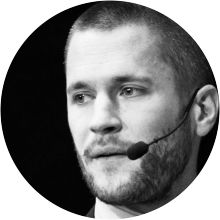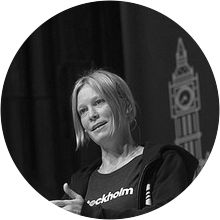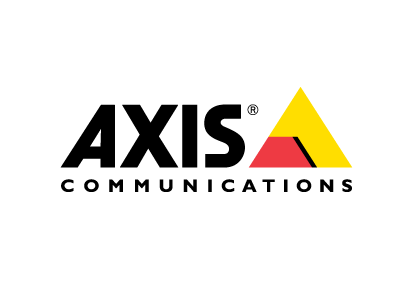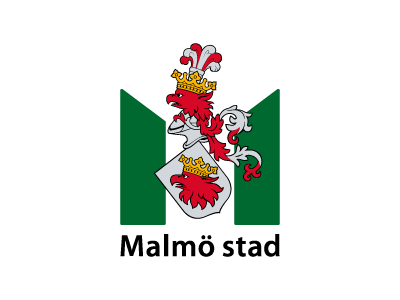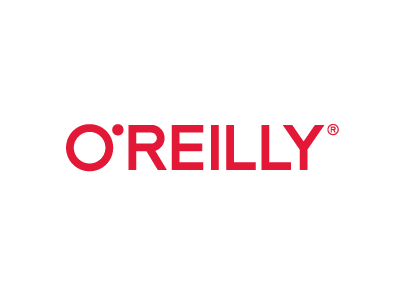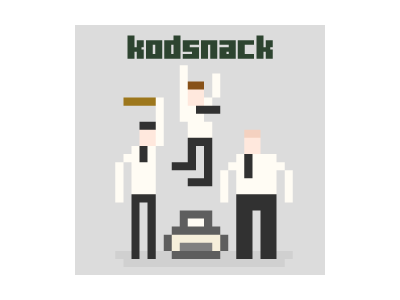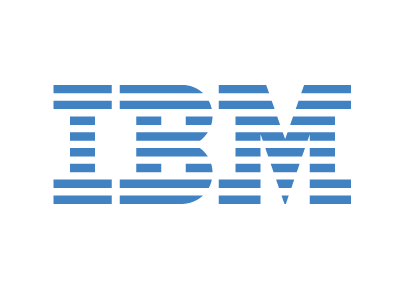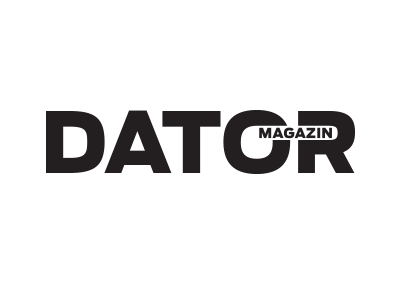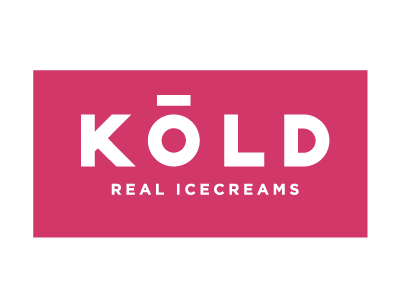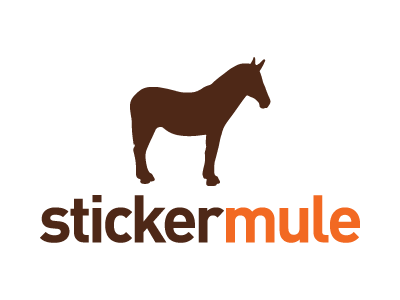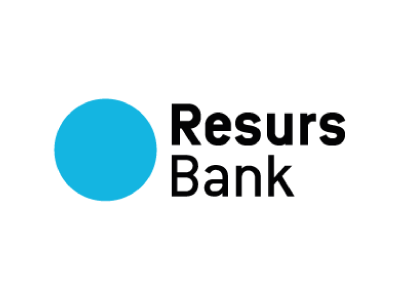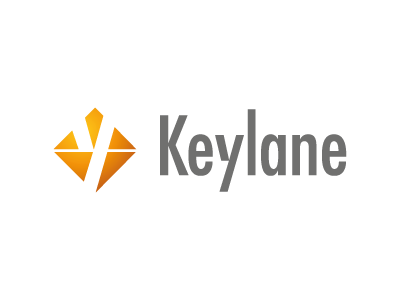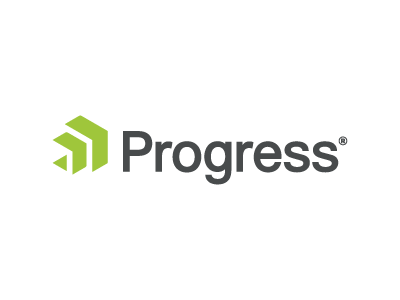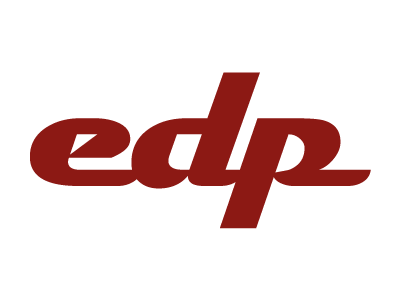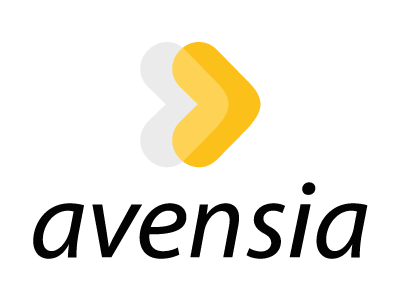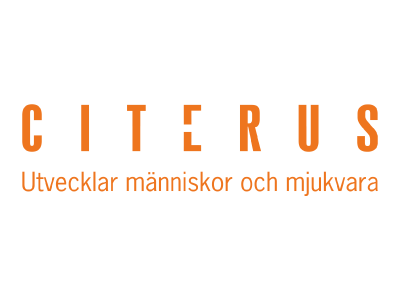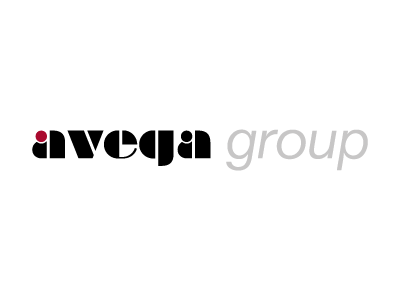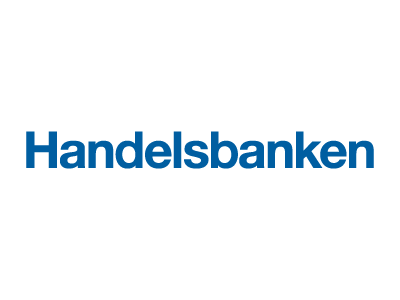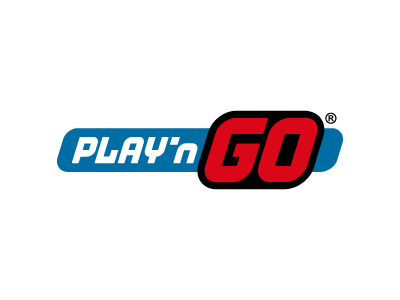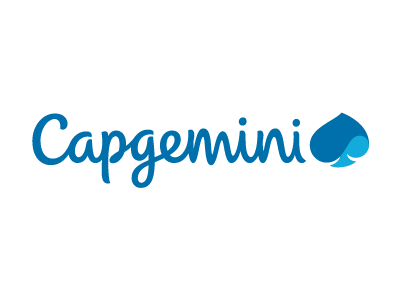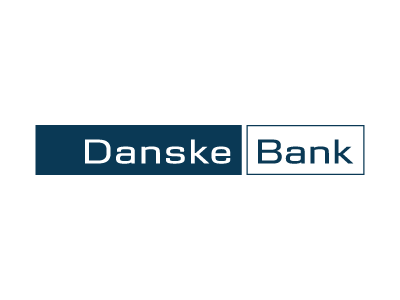
Allan Kelly
unfold_lessunfold_more Evolution from #NoProjects to Continuous Digital
Key takeaways
- Problems wit the project model
- Why digital demands a continuous approach
Once upon a time there was IT, and IT departments had projects. Projects were always a bad fit for software development but somehow we made them work. As IT became Agile the damage caused by the project model became obvious and #NoProjects emerged to help teams go beyond projects. Today growth businesses are digital. Technology is the business and the business is technology. Projects end but do you want your business to end? Or do you want it to grow? Growing a digital business means growing software technology. In this presentation Allan Kelly will look at how #NoProjects came about, how it evolved into Continuous Digital and why it is the future of management.
unfold_lessunfold_more Requirements, User Stories and Backlogs
Key takeaways
- What makes a good user story, what makes a bad one
- The difference between requirements and specifications
- How specification by example and acceptance test criteria are used with stories to add detail
- How stories are prioritised, value? risk? business benefit?
In Agile, like traditional software development, work begins with customer requirements. But rather than a large English document most Agile teams work with small User Stories and backlogs. In this workshop we will look at how Agile teams work with User Stores and use multiple backlogs to guide their work. We will look at - User Stories: what makes a good one, what makes a bad one - The difference between requirements and specifications - How specification by example and acceptance test criteria are used with stories to add detail - How stories are prioritised, value? risk? business benefit? - How value can be assigned to stories and value changes Finally we will look at how backlogs can be structured to provide forward planning and visibility. This workshop is highly interactive, participants will get to write stories, critique stories and assign a monetary value to each and every story.
unfold_lessunfold_more Mission Impossible: The Product Owner
Key takeaways
- Understand the conficts inherent in the product owner role
- Undestand how product owners can share their work
- See the warning signs of an overloaded product owner
- HOw to avoid product owner burn out
Have you ever worked with an excellent product owner? One who had enough time to be with the team, visit customers, analyse the market, talk to UXD, marketing and upper management? Worked at a sustainable pace and still had time for their kids? A product owner who could tell the team what to do without impinging their autonomy? A product owner who could write user stories and roadmaps, do story and impact mapping, define the details of acceptance criteria and the big picture of product strategy? One who can design experiments and MVPs, refine the backlog, set priorities, understand a CfD, calculate weighted lead time, cost of delay and still tell you when it will be done? In short: Do we ask too much of product owners? Is the role set up to fail? In this presentation Allan Kelly will look at some of the problems Product Owners face... and try to make some useful suggestions.



































































